
Sensory retina
This image shows the layers of the sensory retina in greater detail. The naming of the layers is based on their position relative to the neural pathway (outer to inner), not the light pathway (inner to outer). 400x

Retina
This image shows the layers of the sensory retina in greater detail. The naming of the layers is based on their position relative to the neural pathway (outer to inner), not the light pathway (inner to outer). 400x

- Pigment epithelium >
The pigment epithelium is simple cuboidal with melanin and apical microvilli that extend between the photoreceptors. The pigment epithelium cells phagocytose worn-out components of photoreceptors, absorb light passing through the retina to prevent reflection and form the blood-retinal barrier. The basal lamina of this epithelium is a component of Bruch’s membrane.

- Photoreceptor layer >
The photoreceptor layer contains rods and cones, the photosensitive cells. The outer portion of each receptor is subdivided into inner and outer segments.
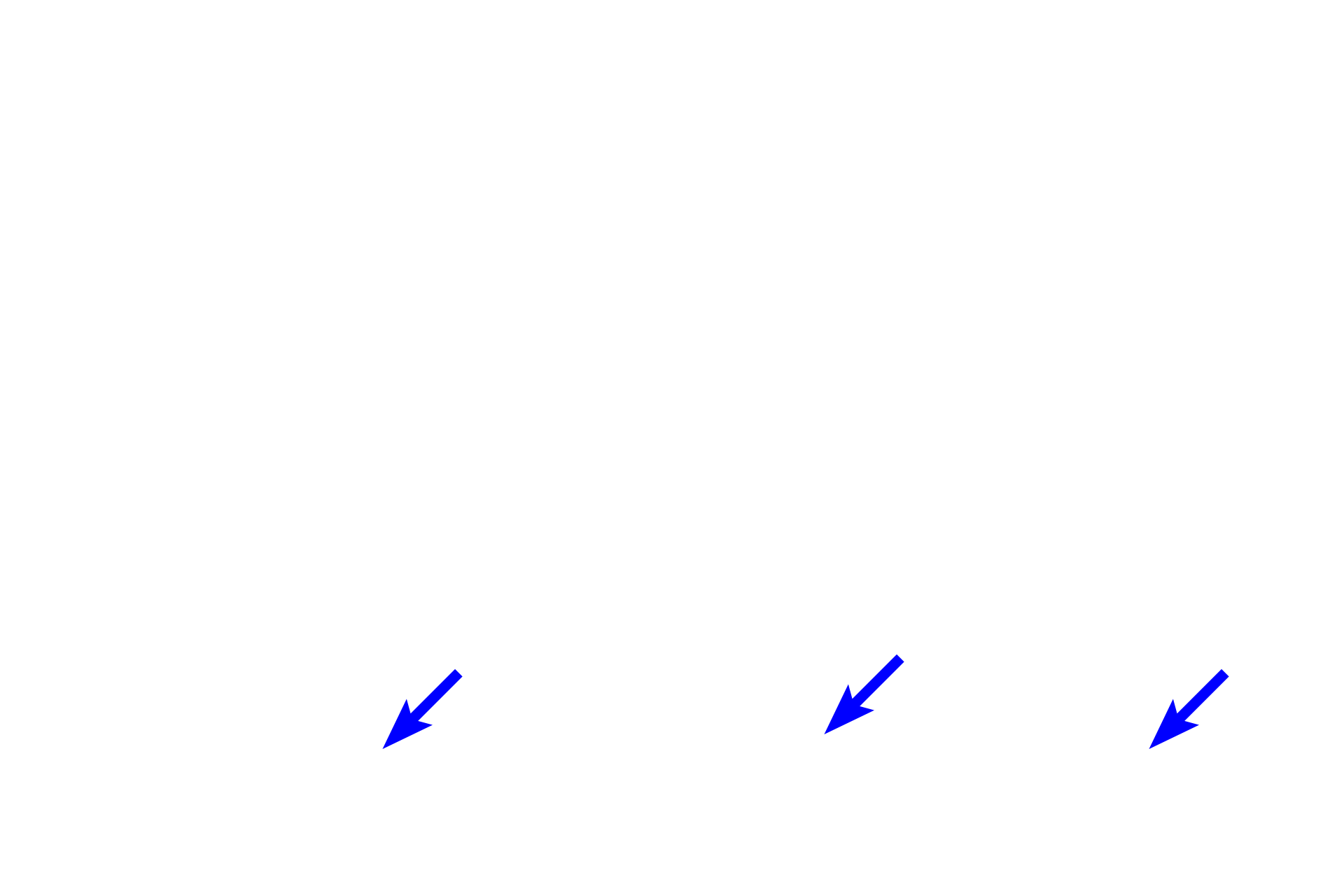
-- Outer segments >
The outer segment, the site of photosensitivity, contains the pigments, rhodopsin (rods) and iodopsin (cones) and is cylindrical in rods and conical in cones.
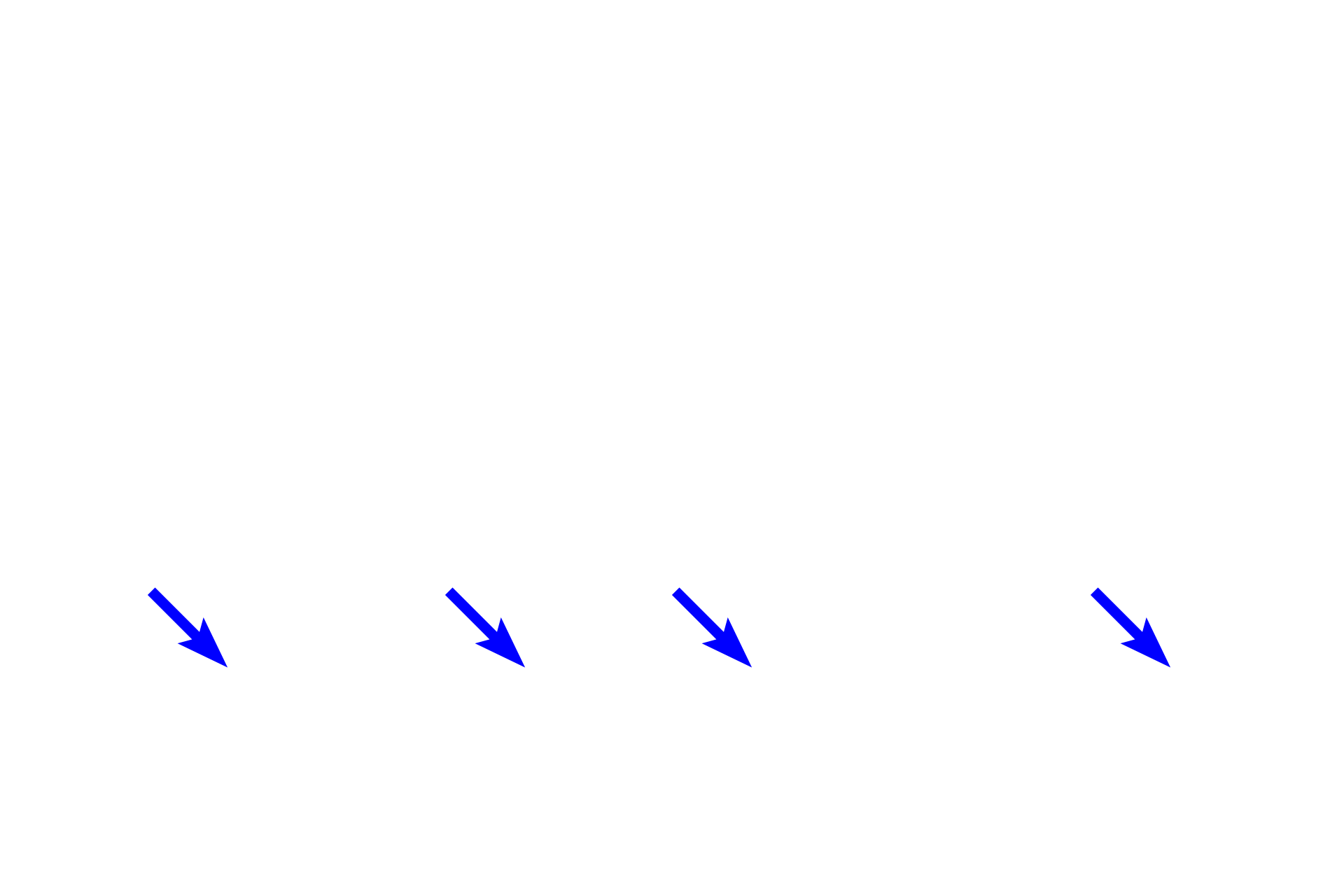
-- Inner segments >
The inner segment contains the majority of the metabolic organelles of the rods and cones.
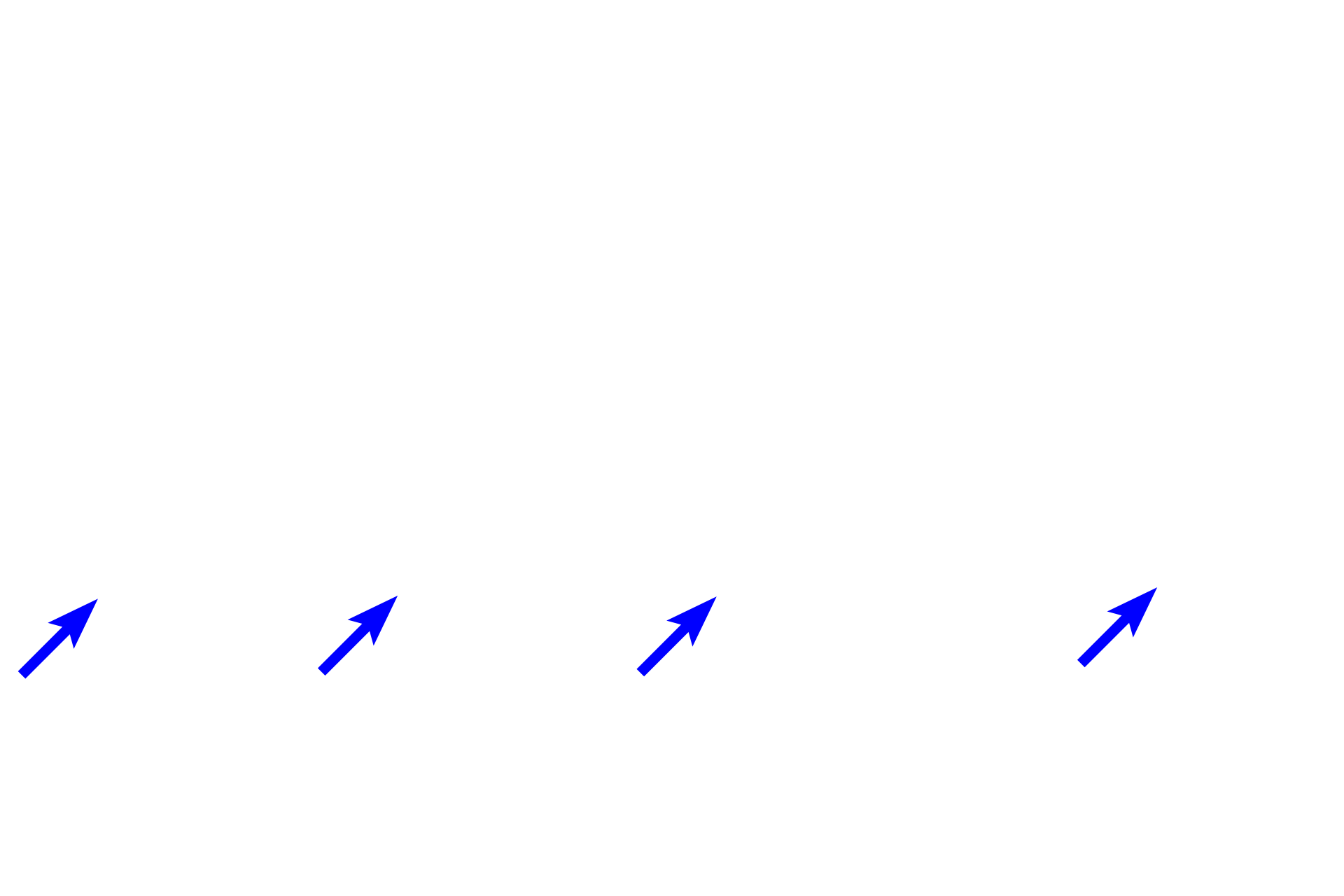
-- Outer limiting membrane >
The outer limiting membrane is not a true membrane but represents the adherent junctions of Muller cells. Muller cells are glial cells (specifically astrocytes) that support and nourish the retinal neurons and their processes. Muller cells extend between the outer and inner limiting membranes, with their nuclei located in the inner nuclear layer.

-- Outer nuclear layer >
The outer nuclear layer consists of several rows of nuclei and cell bodies of the rods and cones.
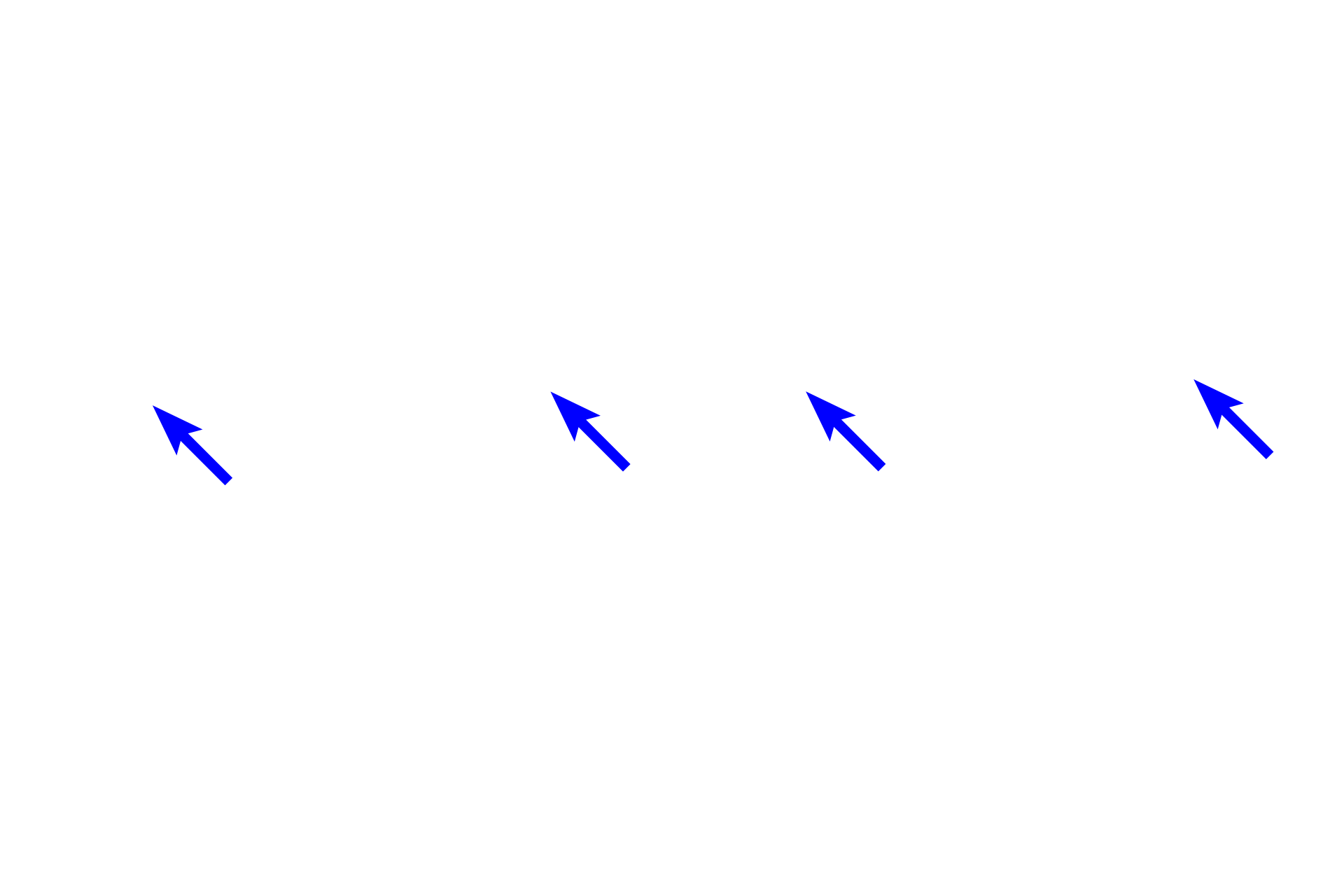
- Outer plexiform layer >
In the outer plexiform layer, axons of photoreceptor cells terminate on the dendrites of bipolar cells and horizontal cells.

- Inner nuclear layer >
The inner nuclear layer contains the cell bodies and nuclei of bipolar cells. The cell bodies of several ancillary cells are also present here: Muller cells and two interneurons (horizontal and amacrine cells).

- Inner plexiform layer >
In the inner plexiform layer, the processes of bipolar cells and the other interneurons synapse with the ganglion cell dendrites.

- Ganglion cell layer >
The ganglion cell layer contains the cell bodies and nuclei of ganglion cells. Ganglion cells are multipolar in shape with large euchromatic nuclei and long processes that collectively form the nerve fiber layer.

- Nerve fiber layer >
The nerve fiber layer consists of the axons of ganglion cells. These axons run along the surface of the retina and exit the globe at the optic disc, the head of the optic nerve (Cranial Nerve II). Optic nerve axons project to the brain.
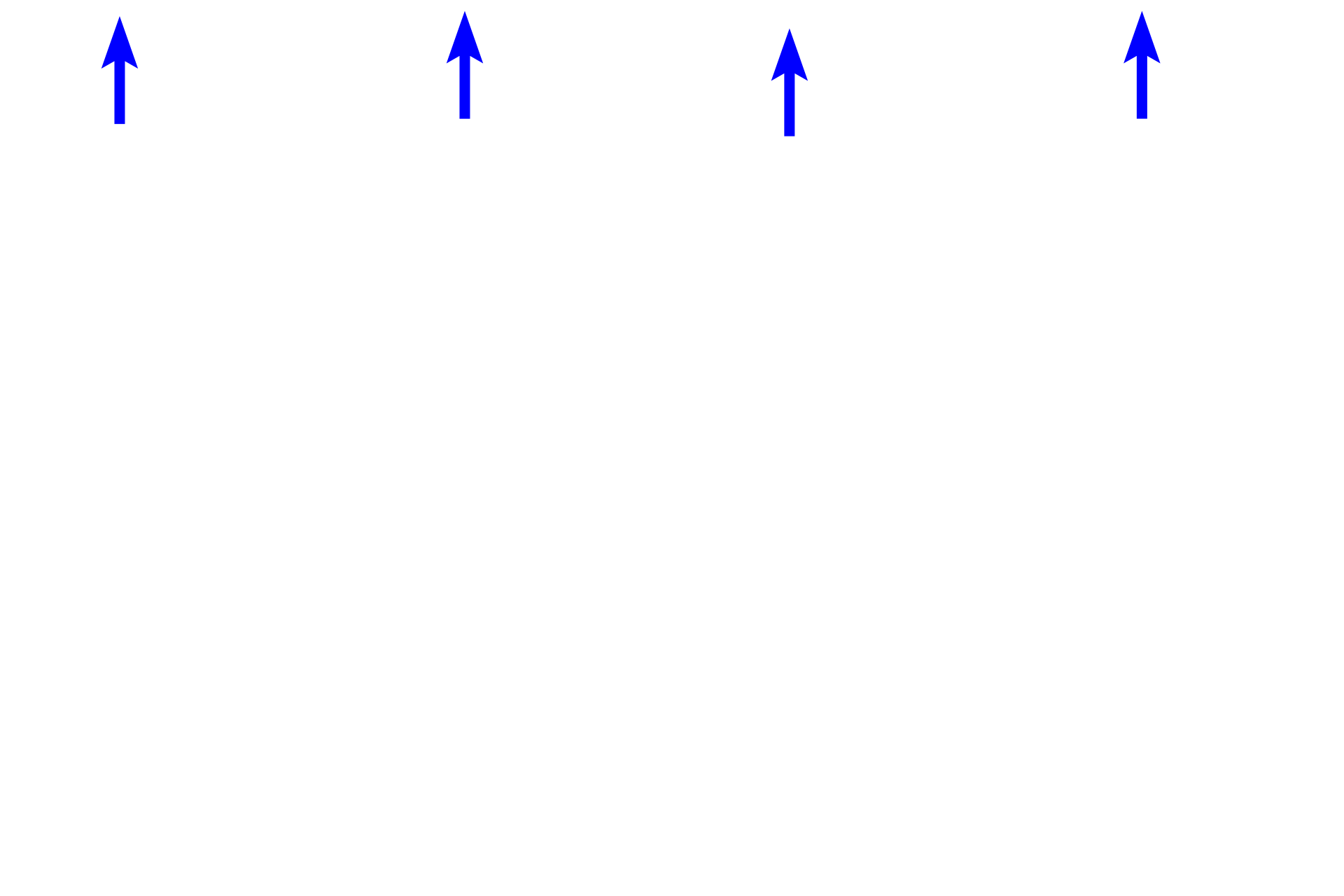
- Inner limiting membrane >
The inner limiting membrane, consists of a thickened basal lamina, lies adjacent to the vitreous body and marks the inner boundary of the sensory retina.

Choriocapillaris >
The choriocapillary layer consists of fenestrated capillaries that supply the pigment epithelium and the outer layers of the retina. The basal laminae of these capillaries forms the outermost layer of Bruch’s membrane.

Bruch’s membrane >
Bruch’s membrane appears as a thin, refractile layer between the pigment epithelium and the choriocapillaris. It consists of the basal lamina of the pigment epithelial cells, a middle region containing collagen and elastic fibers, and the basal lamina of endothelial cells of the choriocapillaris.

Choroid >
The choroid layer, which is pigmented and highly vascular, forms part of the vascular tunic, along with the ciliary body and the iris.